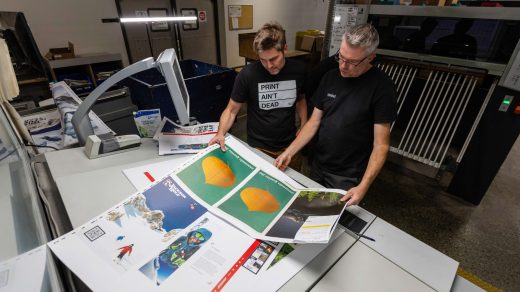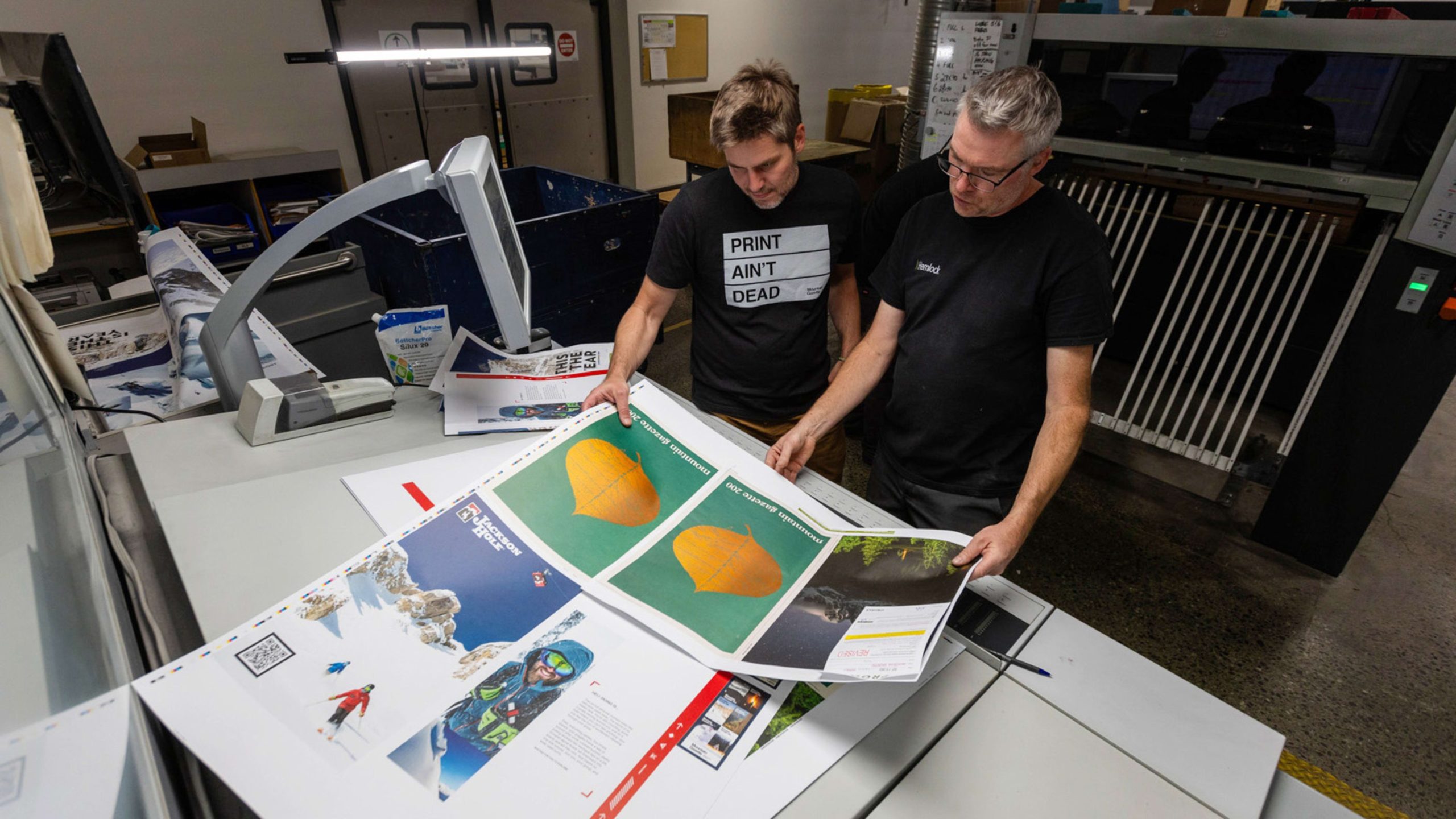Magazines aren’t dying—just ask these indie publishers
Magazines aren’t dying—just ask these indie publishers
Indie publications are finding success with an old-school recipe: high-quality print, a tight-knit community, and less advertising.
Earlier this year, Mike Rogge, editor and owner of indie outdoor magazine Mountain Gazette, turned down an ad package that would have boosted ad revenue in 2024 by 20% to 25% per issue. It would have been the magazine’s biggest ad package ever.
“We didn’t think culturally it was a good fit,” Rogge says. “The agency representing that brand was dumbfounded.”
To most in the publishing business, the deal would have been a financial no-brainer. And in an economic environment where magazines are more likely to shutter than grow, taking a pass seemed crazy. But for Rogge, this was just one of many decisions that have enabled Mountain Gazette to thrive as a print publication in a moment when so many others struggle to capture traditional advertising dollars and are forced to move entirely online.
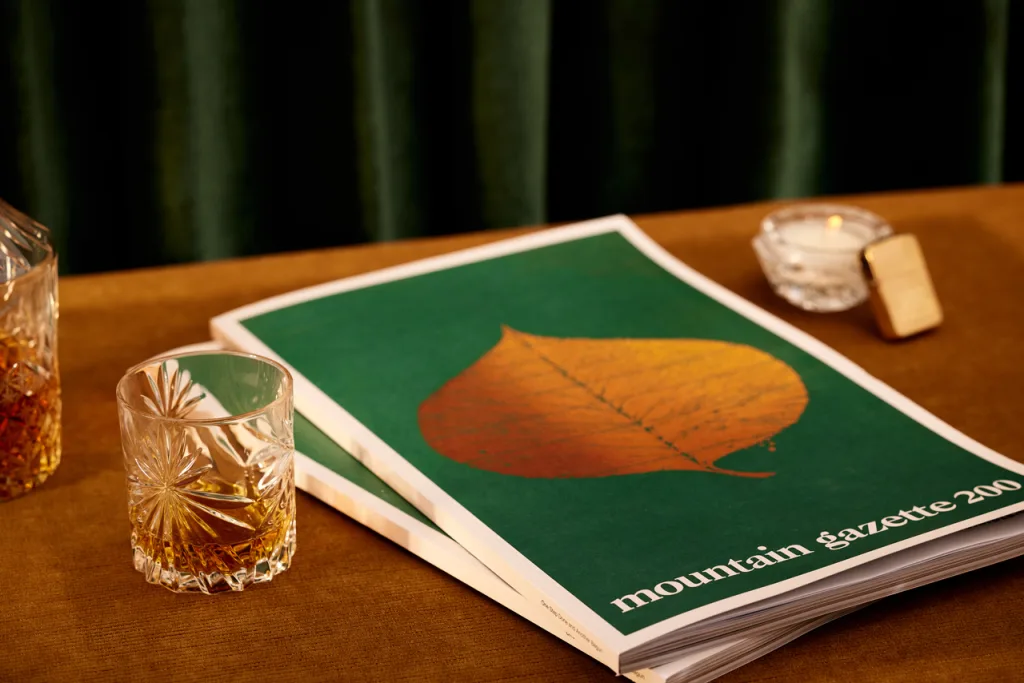
Revival of the Analog
Founded in 1966, Mountain Gazette is a 160-page large-format (11-by-17-inch) print magazine that publishes twice a year (it just published its 200th issue). The magazine ships in a thick cardboard envelope and feels more like a coffee table book than a quick read bound for the recycling bin. Rogge is on contract himself and (as of April) works only with contract writers, editors, illustrators, and photographers including Steve Martin, Harry Bliss, and Chris Burkard. These are creatives who spend their lives outdoors and who, thanks to Rogge’s business model, are paid well and often afforded months to work on stunningly photographed, long-form journalism covering the ways mountain life intersects with adventure sports, the environment, personal narrative, business, infrastructure, science, art, and live music.
While Rogge leverages digital media to promote the magazine and build community, you can’t read the magazine online or buy it on newsstands (outside of the occasional marketing initiative with outdoor retailer Stio or New York-based bookshop McNally Jackson). “We are truly in this for our subscribers,” Rogge says. “It’s a sustainability model. We’re not trying to keep our head above water. We are trying to be on an inner tube with a beer in our hands, surrounded by friends.”
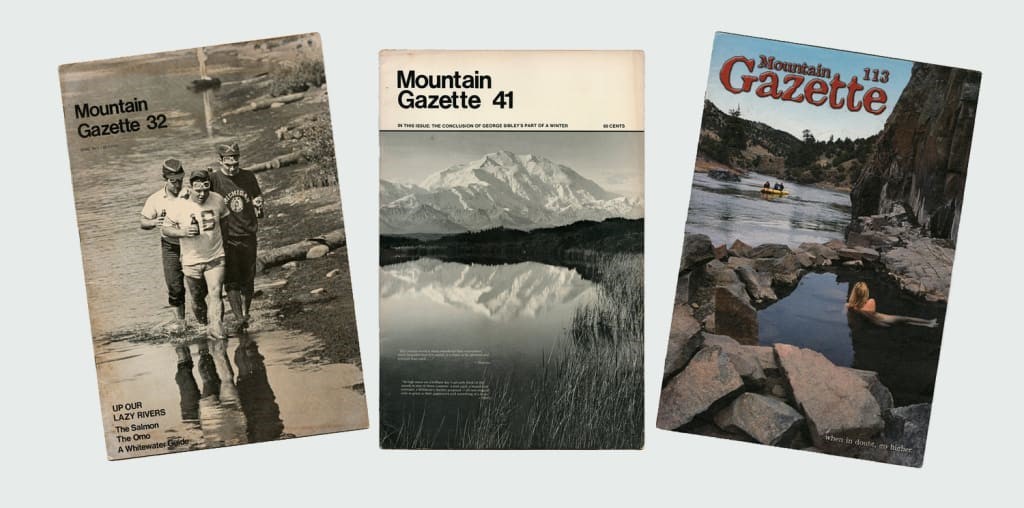
A lifelong ski bum and journalist, Rogge was born and raised in the Adirondacks and now lives in the West—far away from the traditional confines of media. Rogge purchased Mountain Gazette in 2020 during a meeting in a mountain town bar. (He paid by personal check, as he had no investors.) When he purchased it, Mountain Gazette had been dormant, its back issues living in a storage unit somewhere outside of Boulder, Colorado, since 2012. Rogge’s aim was to relaunch the magazine and reinvigorate its passionate community of readers.
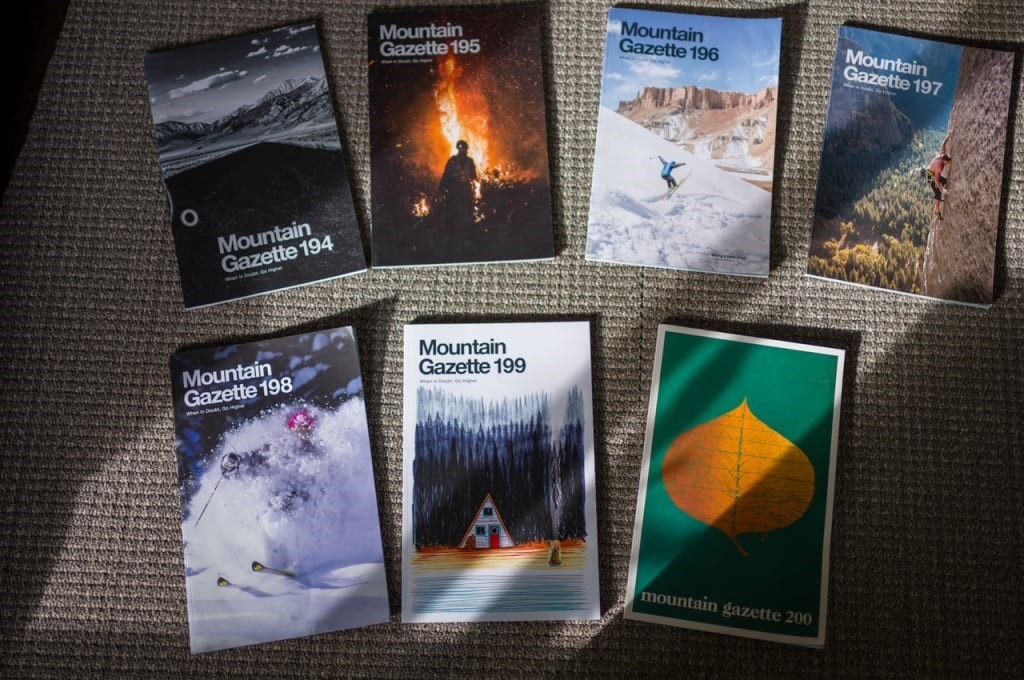
The acquisition has upended the all-but-abandoned notion of print publishing as a sustainable operation—Mountain Gazette has been profitable since its third month in business under Rogge’s ownership. Annual subscriptions (of which there were just under 24,000 in April) start at $80 ($70 plus a $9.99 shipping fee that includes tracking), and advertising is limited to just 10 brands Rogge calls “partners.” Subscriber retention hovers around 99%, and the business is taking on roughly 1,000 new subscribers every eight to ten days.
When Rogge bought the magazine, he had been running his own short-documentary production outfit in North Lake Tahoe, California, called Verb Cabin, where he and a collection of fellow creatives made films about surfing, skiing, fishing, and other far-flung adventures. Now Verb Cabin is the holding company for Mountain Gazette, and Rogge spends his professional time entirely on the magazine. He skis often and coaches Little League, and his wife, Meghan, just left her job to join him full time at the magazine.
Rogge is quick to push against the notion that print media is a naive endeavor. He believes what he and his team are doing is more relevant than ever. “One of our taglines is that this magazine is not for everyone,” he says. “And we stand by that. If we were trying to be something for mass culture, it would seem inauthentic and bad. That’s where media brands lose their way.”
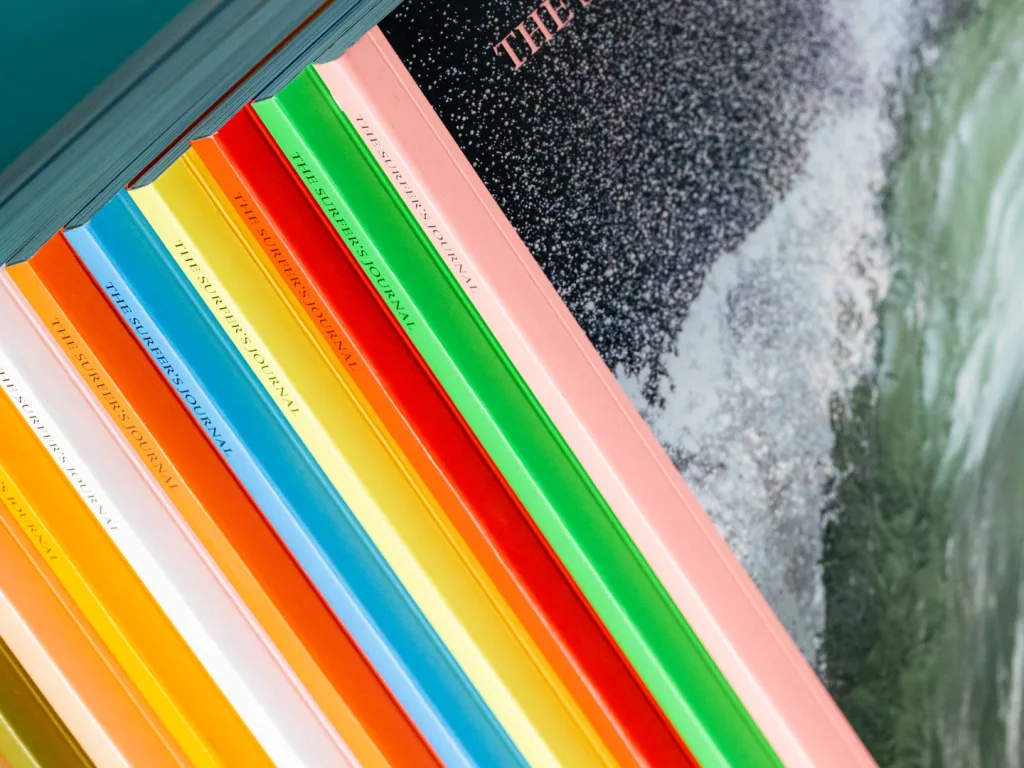
A more sustainable business model
While there’s plenty of proof that media is struggling, there’s also anecdotal evidence of an emerging and thriving community of indie publishers—a return to the magazine industry’s analog existence, but in a totally new way. It’s hard to know exactly how to quantify this piece of the media industry’s growth, but 2022 YouGov data showed that consumers have a different relationship with digital experiences of magazines, stating that 47% of American readers prefer to consume magazines in print rather than online.
Publishers Weekly released numbers showing that roughly 7,000 new independent publishers crop up every year with around 50,000 independently owned titles in the U.S. alone. Ava Seave, principal of New York City-based Quantum Media and adjunct professor at both the journalism and business schools at Columbia University, says the Mountain Gazette model of a high-quality, limited-drop print magazine is less of an outlier lately, as Nylon, NME, Saveur, and a few other publications have all recently relaunched in print. Magazines, she says, have almost become a luxury item, offering the reader a sensory experience with something thoughtful and beautiful.
“Print makes sense because of the materiality of the magazine,” Seave says. “People want to hold it. They want to pay for it.”
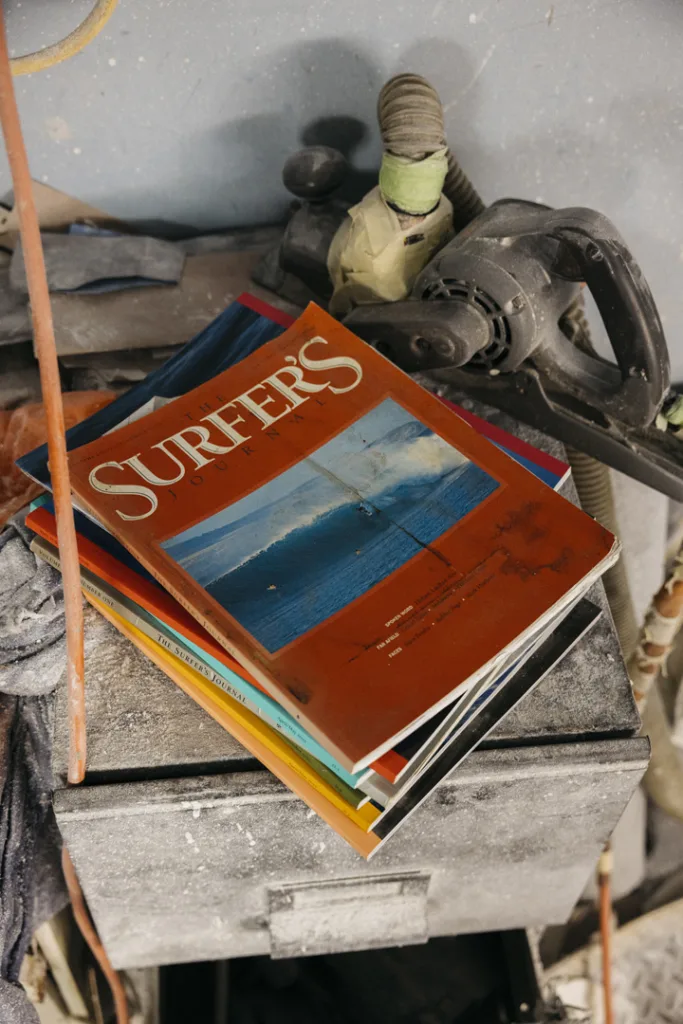
Debbee Pezman, cofounder, owner, and publisher of The Surfer’s Journal, has pinned her business on people’s desire for a slower, more luxurious reading experience. Since its founding in 1991, the California-based magazine has grown to 14 employees and publishes six issues a year with each of its long-form stories running 10 to 40 pages.
“When I’m reading digitally, I’m leaning in; when I’m reading a magazine or a book, I’m leaning back and relaxing,” she says. “There are different neurotransmissions that happen. It’s not easy to sustain print because you’re competing with all of the digital noise and people don’t have a lot of time.”
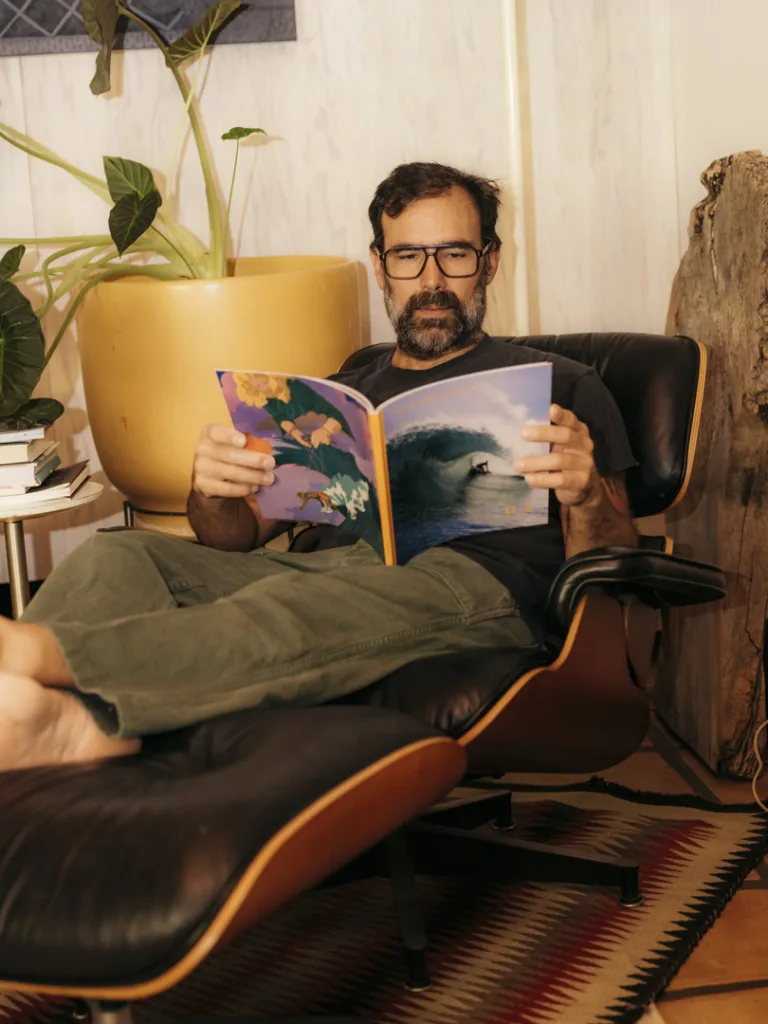
Pezman works with a small set of eight “sponsors” who pay the magazine up front for involvement in partnerships, the magazine’s podcast, newsletters, and more. (Patagonia and Rainbow Sandals, for example, have been on the list for 33 years.) The setup, much like Rogge’s, allows reader support (at a baseline $85 annual subscription) to carry the magazine’s bottom line while the editorial team focuses on content regardless of advertising.
“It’s not an industry secret,” Pezman says, “but it’s not easy to pull off unless you’ve got history and staying power, or some very compelling vertical niche.” At Mountain Gazette, Rogge says, ads make up “less than 10% of our overall revenue. I’ve built the magazine so we can lose all of them and be fine.”
Pezman’s attitude runs counter to the belief that media businesses must grow at all costs. The days of venture-backed, high-growth digital publications has given way to more measured—and realistic—expectations for what a media company can and should be. That’s something that was top of mind for Kat Craddock, CEO and editor-in-chief at Saveur, who just relaunched the food magazine in print earlier this year and sold out its first print run. Her model is slightly different from that of Mountain Gazette or The Surfer’s Journal, but it similarly relies on readership, a niche subject matter, and community.
“No one needs to make a fortune off of this publication or any publication; it is enough to support,” says Craddock, noting how encouraged she is by other high-end print models cropping up with solid success. “With reduced overhead and a much leaner team and operation costs we can create and sell a great print magazine. I hope the rising tide raises all of us.”

Advertising as a service
Dan Abrams, president and cofounder of outdoor apparel brand Flylow, initially met Rogge when he was working at Powder magazine, and kept up with his work at Verb Cabin. Now, as an ad partner and subscriber of Mountain Gazette, Abrams says he will continue to work with the magazine because he believes in its model and sees the value it brings to the Flylow brand, too.
“Being honest to the reader and catering to the reader versus the advertiser is the secret to its success,” he says. “[Mike] looks at my ads and he will even go so far as to say, ‘Maybe we should do something more like this.’ What the ad is saying reflects on the magazine itself. He isn’t promoting anything. He is supplying people with good people, good content. He is a curator.”
And while Rogge leans into that characterization of his role at Mountain Gazette, he also knows there’s still plenty to read, online and otherwise. “Just because I run a print magazine doesn’t mean I’m a Luddite,” he says. “It’s like the vinyl record resurgence—no one is saying it’s bigger than streaming. I’m saying there is a place for both. I like AppleTV but I also like going to my local movie theater in Tahoe City and seeing what’s playing. You can drink Coke and Pepsi. It’s okay. Your brand loyalty doesn’t say that much about you.”
As the magazine continues to gain a following, Rogge is excited by its momentum. In fact, this spring Rogge hired a part-time CFO with the hopes of building out a framework for full-time and fully benefited employees in January 2025. He wants to build a community in the outdoor space in the same way Jezebel (the feminist website) built a community in the early aughts, noting that the publishing world has lost this crucial focus in recent years. He hopes his commitment to being exactly who he is continues to steer him and his business in the right direction. “My parents raised me to be that way,” Rogge says. “I don’t know anyone who’s survived by faking it in the Adirondacks.”
ABOUT THE AUTHOR
(23)

